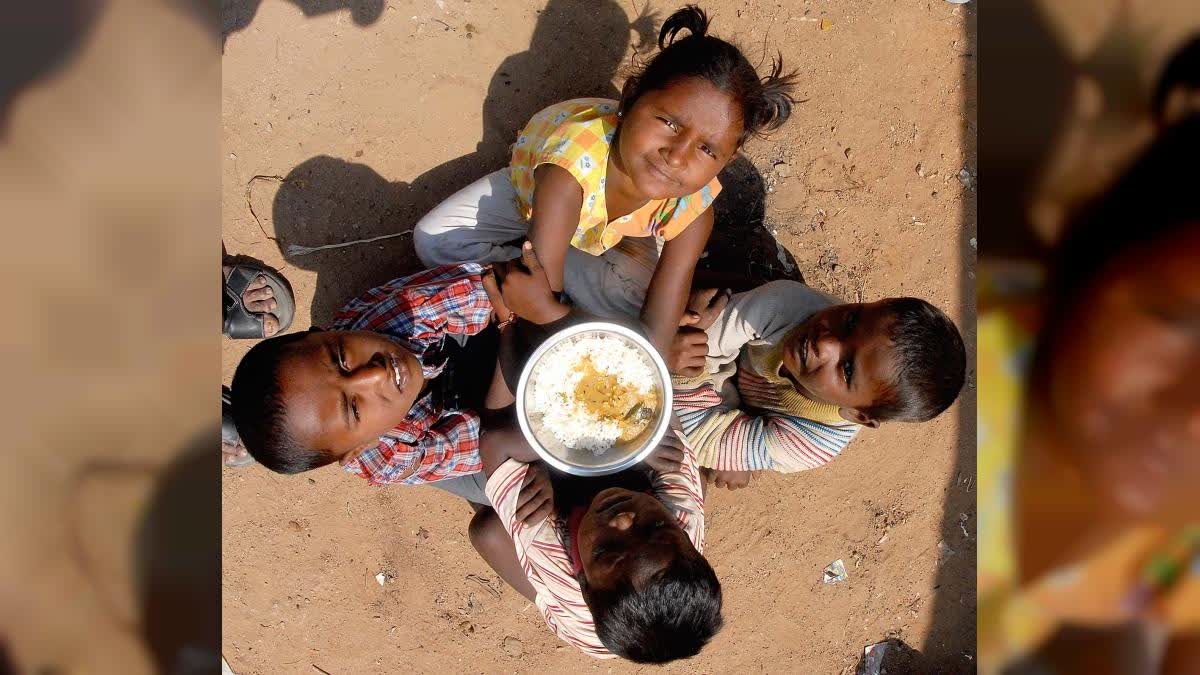Hyderabad: Children around the world find themselves without homes, forced onto the streets to fend for themselves due to several factors including poverty, war, previous violence and abuse, exploitation, and desperation. Once entrenched in street life, these children often spiral into cycles of poverty, crime, maltreatment, and neglect, perpetuating their precarious circumstances.
The International Day for Street Children, observed on April 12 every year across the globe, serves to raise awareness about the challenges faced by street children and advocate for their inclusion and well-being.
History
This day traces its roots back to 1989 with the adoption of the United Nations Convention on the Rights of the Child, which enshrined fundamental human rights for all children, including access to basic necessities and equal opportunities.
The daily existence of street children is marked by hardship and survival. Many resort to begging, scavenging through garbage, or even theft to sustain themselves. Forming small groups, they look out for each other amidst the harsh realities of street life. Unfortunately, some children turn to substance abuse, exacerbating their already dire circumstances.
Life of a Street Child
Street-connected children often face mental health issues like depression and anxiety, compounded by the stigma and social exclusion they face. Definitions vary, but street-connected children include those who depend on the streets for survival, as well as those with strong ties to public spaces.
These vulnerable children encounter a plethora of challenges and human rights violations, including child trafficking, violence, exploitation, and discrimination. Health problems such as HIV/AIDS, sexually transmitted diseases, and substance dependency are rampant among street children, exacerbated by their living conditions.
Education becomes a distant dream for many street children, with barriers to school attendance and reintegration. Discrimination and marginalisation further hinder their educational pursuits. Child trafficking perpetuates the cycle of homelessness, displacing children from their communities and leaving them vulnerable to exploitation.
Street Children Worldwide
The UN has estimated the population of street children worldwide at a staggering 150 million, with the number rising daily. Ranging in age from three to eighteen, about 40 per cent are homeless. The other 60 per cent work on the streets to support their families. Some are sent out by their impoverished parents to work or to beg. They are unable to attend school and are considered to live in "especially difficult circumstances".
Street Children in India
As per data from the Bal Swaraj portal 2022 report, which enumerates children living on the streets in the country. Around 19,546 kids live on the streets – with or without parents, most of them in Maharashtra (5,153). It is followed by Gujarat (1,990), Delhi (1,853), Tamil Nadu (1,719), MP (1,491), Karnataka (1,220) and UP (1,038), said the Bal Swaraj portal, devised for children in need of care by the National Commission for Protection of Child Rights (NCPCR).
It said that out of the 19,546 street children, 10,401 are living with their families on the streets, while 8,263 are staying on the roads during the day and are back home at night with their families in nearby slums.
In UP (270), most children live alone on streets without any parental anchor or family support system, either on pavements or public places. It is followed by Tamil Nadu (124), Karnataka (105), Delhi (61), MP (45), and Maharashtra (39).
In a written reply in the Lok Sabha, Union Minister of Women and Child Development Smriti Zubin Irani said the ministry is implementing a centrally sponsored scheme named Mission Vatsalya through the state and union territories on the predefined cost-sharing pattern for delivering services for children in difficult circumstances, including children in need of care and protection.
How Can We Help These Children?
- Provide them with food, clothing, shelter, education, health care, love, protection and basic rights
- Provide them an opportunity for a career outside of begging
- Prevent conflict within their family
- Reduce poverty in the communities and homes
- Reduce the spread of HIV/AIDs
- Enforce a law system to protect them
- Promote their integration into society
- Encourage more programs that support them
- Promote child rights



